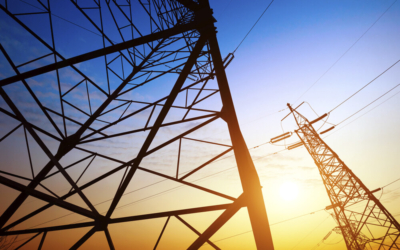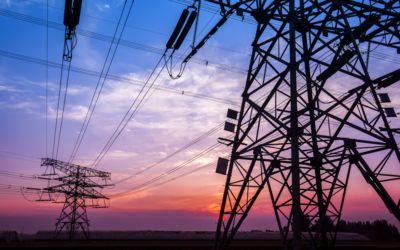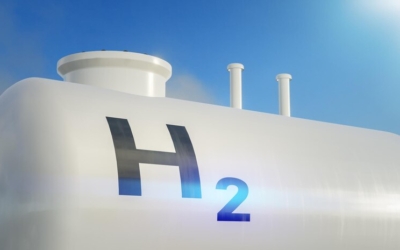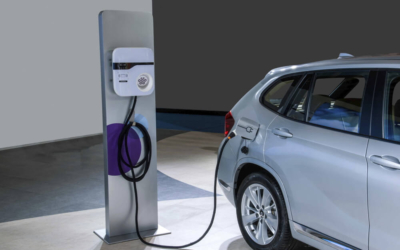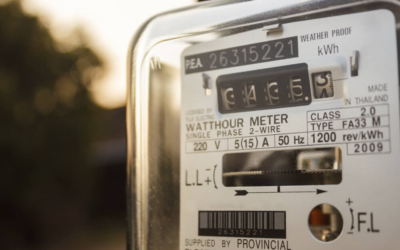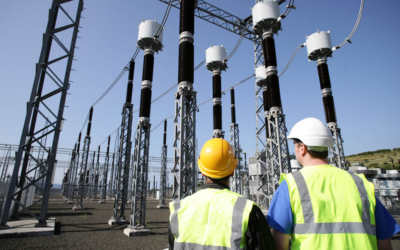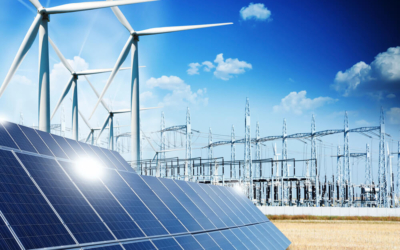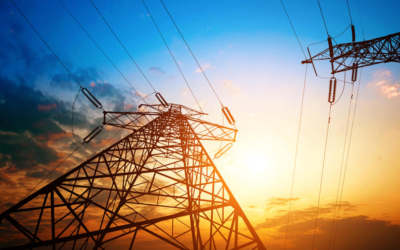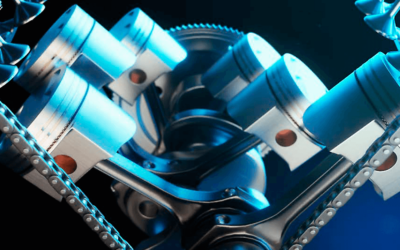Global commitments to combat climate change differ, but there’s one point where nations are in agreement: we need a smarter energy grid. As new energy generation paradigms take hold in many countries, the energy grid must move towards a smart grid. Smart grids can be controlled by software and provide much more data to enable that control. In order to take advantage of this growing market, you need the best smart grid testbed system.
Blog
Energy
The Role of Energy Transmission in Fighting Climate Change
Climate change continues to advance despite global efforts to reduce carbon emissions and halt rising temperatures. Although many investments into renewable energy sources have been made, many regions have yet to make necessary changes to their energy transmission infrastructure. Improving the grid is vital for reducing energy waste and maximizing the benefits of renewables. Why do utilities need to invest in better infrastructure, and what upgrades will have the biggest impact on energy efficiency?
The Future of Hydrogen Energy
Hydrogen energy is produced by electrolyzing water using electricity, ideally generated from renewable sources such as solar or wind power. In the future, renewable hydrogen is expected to play a vital role in decarbonizing various sectors, including transportation, industry, and power generation. Businesses that proactively explore renewable hydrogen now can position themselves ahead of the curve by researching its potential to reduce carbon emissions.
Electric Vehicles and Their Impact on Automotive Manufacturing
All Content, Automotive, Digital Manufacturing, Energy
Digital transformation is coming to every industry, particularly aerospace and automotive manufacturing. Combine that with one of the most profound and disruptive innovations of our time, electric vehicles (EVs), and the automotive industry is being forced to adapt and revolutionize. SAAB RDS, with its unique expertise and customer-first approach, can help you navigate this change.
How Is Electrification Shaping the Aerospace and Defense Market?
Aerospace and Defense, All Content, Energy
The aerospace and defense industry is increasingly embracing electrification as a key trend, driven by the need to reduce carbon emissions, improve efficiency, and develop new technologies. In this article, we will explore the various facets of electrification in aerospace and defense, including its benefits, challenges, and the latest developments in the market.
Reducing Excess Power Consumption With New Technologies
With energy costs rising worldwide, reducing power consumption is one of the easiest ways to lower your operating costs and boost your profit margins. The days of cheap power are likely behind us, meaning that companies must focus on implementing new energy generation methods while also slashing electricity consumption. For many businesses, energy use has been an afterthought. Fortunately, new technologies are making it easier to lower your electric bill without sacrificing productivity.
Keys to Maintaining Energy Transmission Infrastructure
Energy transmission infrastructure is the lifeblood of an economy. When energy infrastructure fails, so does everything else. To secure more contracts and position your business as the first choice in energy infrastructure deployment and maintenance, you need to reduce downtime to the absolute lowest figure possible. One of the most effective ways is to shift from a routine maintenance schedule to a preventative maintenance approach. In addition, timing your upgrades and adding capacity will make your grid more resilient.
Green Technologies: Digital Transformation and Sustainability
A major shift in energy production is underway. Although there were already efforts to implement more green technologies for electricity generation, they’ve been greatly accelerated by recent global events. As a result, there has never been more demand for renewable energy. How can you gain an advantage in this increasingly competitive environment? A digital transformation can propel your business to new heights, making your company more sustainable.
The Digital Transformation of the Power Grid
Maintaining a steady supply of energy is a complicated and demanding task. The energy industry is transitioning towards more sustainable sources of power, such as solar panels, which requires proactive planning. Meanwhile, external factors like economic conditions, security risks, and natural disasters only add to the difficulties. To overcome these challenges, utilities are embracing digital transformation. Let’s explore the various elements of the modern digital power grid and how wireless private networks are helping utilities achieve their objectives.
Clean Combustion Progress: Future Expectations Explored
Traditional combustion methods now face a number of environmental challenges, including air pollution, global warming, and the depletion of natural resources. In response to these concerns, research into clean combustion technologies has steadily increased over the last few decades.

